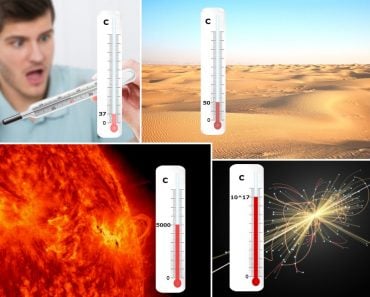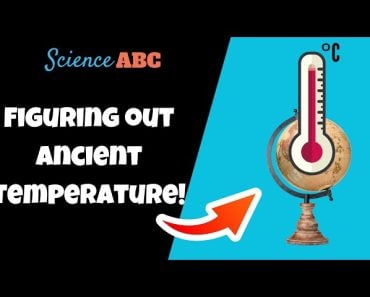The simplicity, scientific utility, and widespread global support of Celsius make it a better choice than Fahrenheit for temperature measurement.
Cookies or biscuits? Apartment or flat? Elevator of Lift? Celsius or Fahrenheit? Depending on what side of the pond you’re on, you might have a preference for each of these terms, including the last one. Why is it that we’ve picked different scales to measure temperature, and which choice is better? Is there even a “better” choice here?
Recommended Video for you:
How To Measure Things
“How to measure things” is a discussion as old as the first human societies. Time, distance, temperature… there are so many things that need to be measured. The only way to do so is to simply pick what we’re going to use as a baseline, and then just run with it!
There could never be a “right” or “wrong” scale of measurement, considering that any unit of measurement is just based on mutual agreement among ourselves that “this much is one, and that much is two.”
The metrics we have all ended up using are just the ones that most people agreed on.
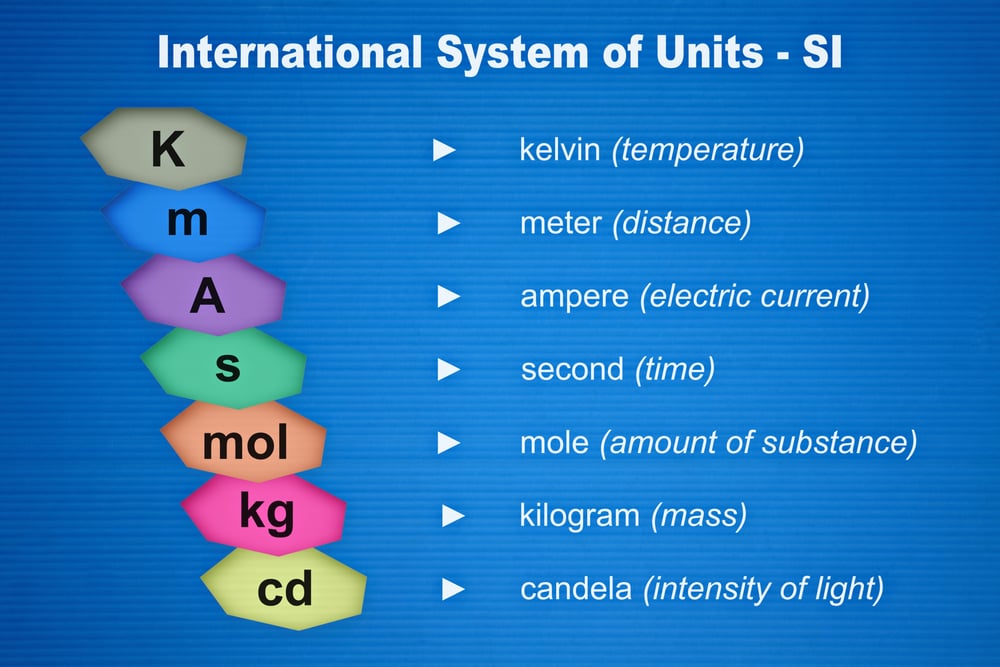
Over time, large groups of us have managed to come to an agreement on most of the stuff that needs measuring, but our various countries still disagree with each other. We’re going to look at one of those major disagreements—Celsius vs Fahrenheit.
Fahrenheit Vs Celsius: The Epic Struggle
The Fahrenheit scale was initially born in 1724, developed by Daniel Gabriel Fahrenheit. He was the first to create a reproducible and consistent scale for thermometers. The scale gained popularity in England, and was later carried along with British imperialism and reached all corners of the world.
The Celsius scale was invented in 1742 by Anders Celsius. Later, it was integrated into the metric system. As the metric system became popular, most of the world took to it.
At that point, Celsius soon replaced Fahrenheit in most parts of the world, with a few small exceptions and one notable one—the USA.
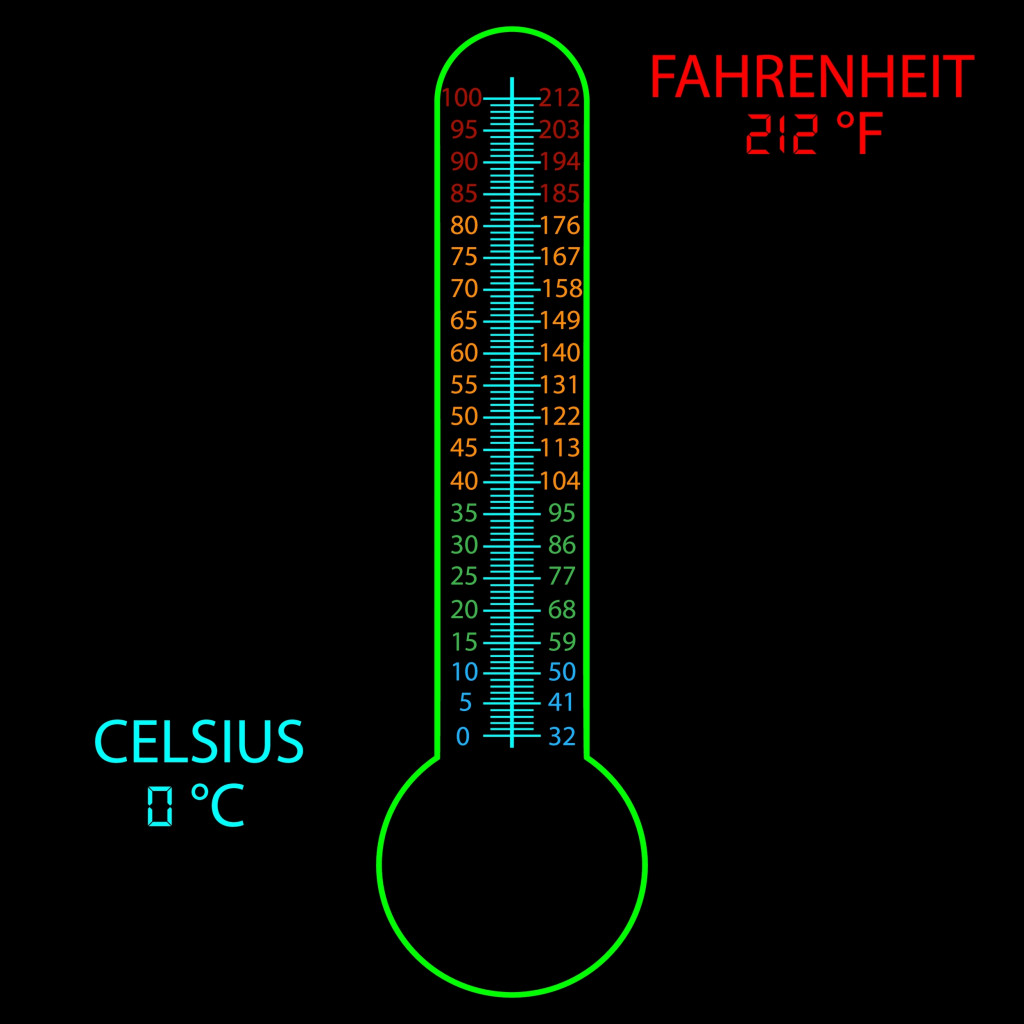
It’s not that the USA didn’t try. In 1975, an attempt was made with the Metric Conversion Act to introduce the metric system to the US, but the people just weren’t having it.
The attempt failed, and America still remains stuck on feet, pounds, and Fahrenheit.
This had widespread consequences. We can point to the Mars Climate Orbiter failure of 1999 as a prominent one. An error caused by an incorrect conversion from the Imperial to the metric system caused the orbiter to fall off course and crash.
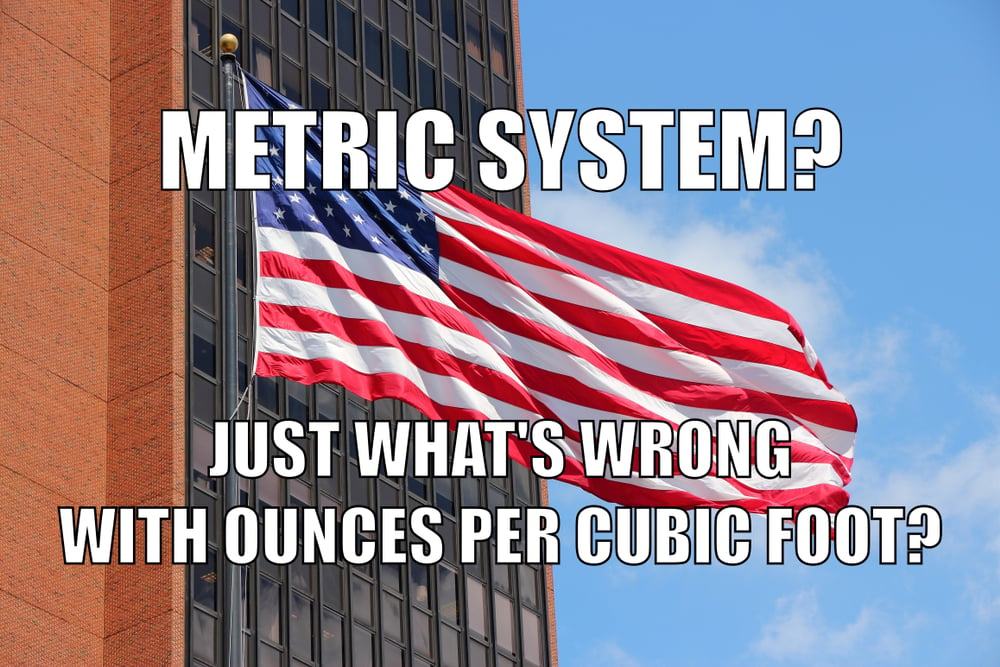
Celsius – The Way Of Water
The most notable thing that comes to mind when you think of Celsius is that it perfectly pins down the melting and boiling points of water at zero degrees and one hundred (almost) degrees Celsius, respectively. There’s beauty in the roundness of those numbers. It also makes the Celsius scale well-suited for science. Our normal body temperature is not a keystone in Celsius though, just the random 37 Degrees Celsius.
How “friendly” a measurement style is to use is not a quality to be underestimated. It is an important factor that decides the fate of a system of measurement.
An argument is often made that, outside of a laboratory (or a professional kitchen), do you really find yourself measuring the temperature of water that often?
Well, we might not, but when water freezes is a piece of information that we need, from maintaining our refrigerators to keeping an eye on when the lake will freeze over. Having that threshold be an easy zero is certainly useful.

Celsius also has the advantage of having the same sized units as Kelvin—the preferred temperature scale of scientists. We’ll examine that a little closer later in this article.
However, the crowning glory of Celsius is the fact that it is the accepted unit of temperature measurement in most countries. It is part of the metric system, and the benefits of the metric system are well-accepted. The point isn’t that Celsius got into the metric system because it is better, it’s just that Celsius is better because it is part of the metric system.
That might not seem logical. The support of the majority should not matter when assessing the merits of one thing over the other, at least not in science… right?
Even if that is true in most cases, when talking about a system of measurement, what most people agree on is one of the most important points in its favor. Remember, as noted before, a unit of measurement is basically something that we have made up and collectively agreed upon.
Fahrenheit – The Devil Is In The Detail
The advantage that Fahrenheit has over Celsius is that it is more precise. The units of Fahrenheit are smaller than that of Celsius, so we have a bigger range of temperatures to choose from. One degree in Celsius is 1.8 degrees in Fahrenheit. There’s more detail there.
Couldn’t we just use decimals to describe temperatures better in Celsius? Unfortunately, that is a hassle, especially in our day-to-day world. Scientists and mathematicians might not mind taking temperatures to two or four decimal places, but most people would rather be presented with two round digits, rather than four.
It’s a bit harder to recall the melting and boiling points of water in Fahrenheit—32 and 212. The numbers are strange, but still, it’s a good symmetrical 180 degrees. Not as easy on the brain as 100, but good enough.
The Fahrenheit scale was designed around the temperatures we feel. The Fahrenheit 100 was supposed to be our normal human body temperature, but the measurements were off by a little.
The average person thinks about temperature primarily in relation to weather. Is it sweater weather or would a light jacket suffice? The temperature in most parts of the world can be described using values from 0-100 on the Fahrenheit scale, so Fahrenheit may be better suited to describe ambient temperature. The greater precision of Fahrenheit is also more useful here.
In a world where people are nit-picky about thermostat temperatures, perhaps you would rather adjust the temperature more precisely while staying within easier, single-digit increments. If that’s the case, then Fahrenheit would be preferred.
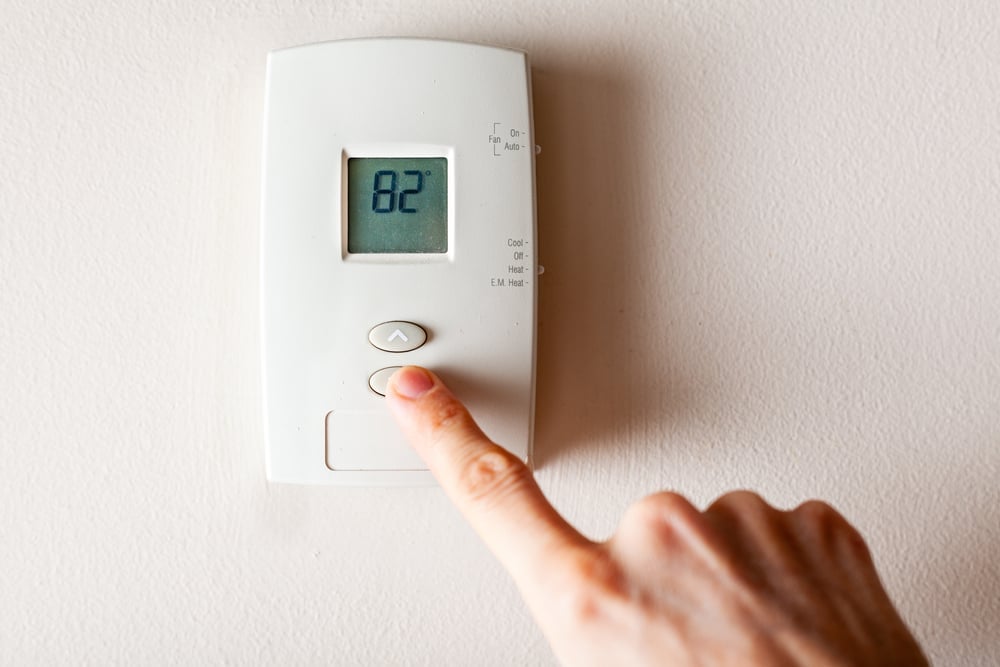
Does Kelvin Trump Both Celsius And Fahrenheit?
It’s a Celsius vs Fahrenheit game around the world, but what about Kelvin? It’s probably here to stay for a long time. Why is it so reliable?
Celsius and Fahrenheit both have their base points set in a way that makes sense, but Kelvin’s way of setting them makes the most sense scientifically. Zero degrees Celsius is the melting point of water, but there are temperatures lower than that. Fahrenheit might have thought he was setting his zero at the lowest point required, but in the centuries that followed, we have realized that it can get much, much, colder than that.
Kelvin sets its zero at the coldest that cold can be. It bases its zero on absolute zero, the lowest possible temperature (theoretically). If you think about it, that is the best thing to do. If there is a “right” form of temperature measurement, this would probably be it. This also means that Kelvin doesn’t need to venture into negatives like the other two scales.
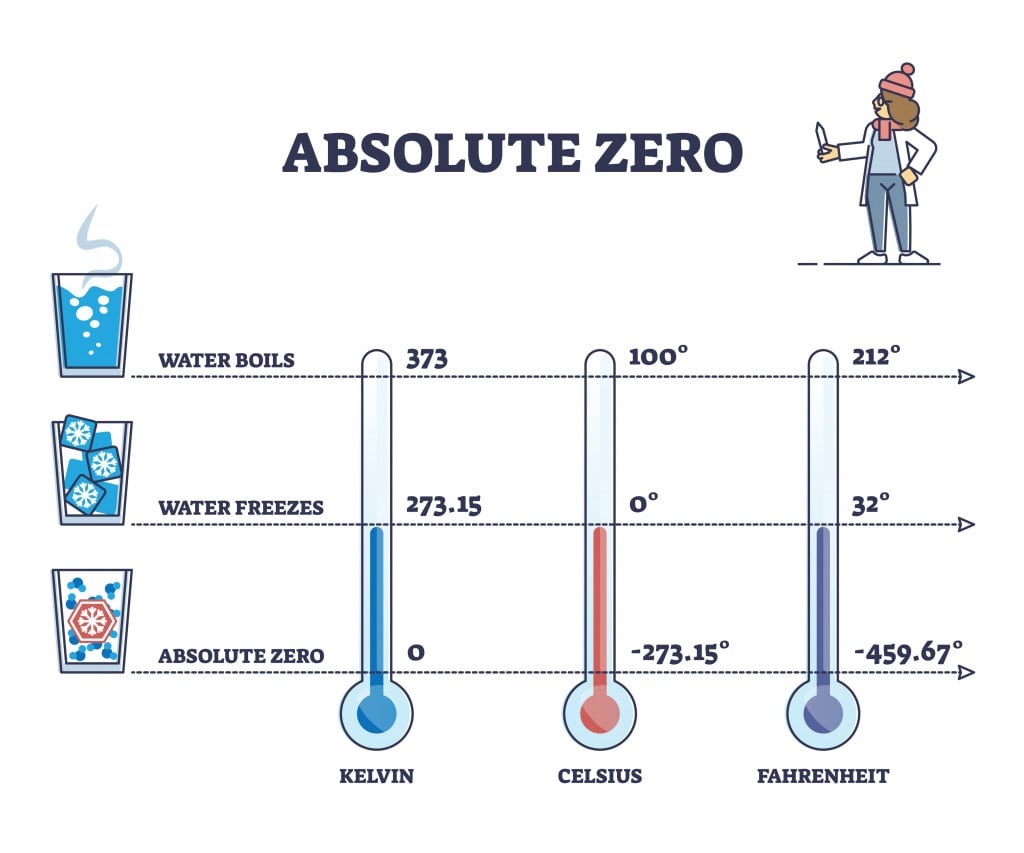
For science, Kelvin might be best, but for us, the normal range of temperatures when measured in Kelvin would go into triple digits. This could be very difficult to comprehend. For that reason, Kelvin is not going to be taking over our household thermometers and air conditioning units. Even if its usefulness is undeniable for our day-to-day lives, Kelvin just won’t work. We need to go to Celsius or Fahrenheit.
Take a look at the temperature conversion chart below.

Can you see how the Fahrenheit-Kelvin conversion involves some acrobatics? We must essentially convert Fahrenheit to Celsius first, and then Celsius to Kelvin. Celsius-Kelvin conversion is just an addition, as the increments in Celsius and Kelvin are of the same size. Zero degree Celsius and zero Kelvin might mean different things, but one degree hotter or colder means the same thing for both.
This is also a point in favor of Celsius: it works well with Kelvin.
Celsius Vs Fahrenheit: Which Is Better?
The Celsius vs Fahrenheit debate ultimately tilts in favor of Celsius based on three points:
1) The simplicity of the Celsius numbers being mapped to the melting and boiling points of water;
2) It’s better suited for science;
3) It’s already everywhere. Most of the world has already irrevocably thrown in their cards with Celsius, and with good reason.
For any discussions about a unified global system, it is simply unreasonable to topple the majority, particularly in favor of the outdated Fahrenheit scale. Even if the stubborn dissenter is the USA, their rebellion is not bound to last.
Let’s not forget that Celsius isn’t the winner because it is the objectively “right” scale. As a 1980 paper put it, “the arguments over which scale is better reduces ultimately to one of personal preference and politics.” Once upon a time, when deciding what unit of temperature measurement to go with the metric system, a choice was made. Similarly, Lord Kelvin also made the choice to design the Kelvin scale based on the Celsius scale. It was mostly just a matter of the right place and right time.



